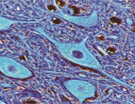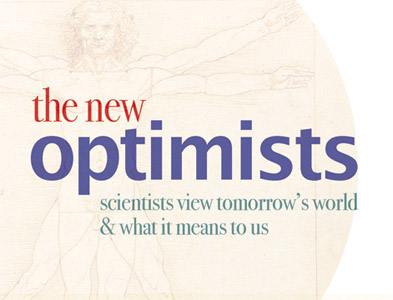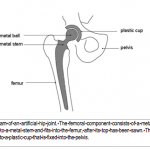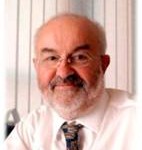Climate change is the big challenge of our time. There is growing realisaation that we are damaging our children’s chances of survival unless we act to reduce carbon and other emissions, says software engineer Professor Robert Berry.
 So why might this possibly insurmountable challenge be the cause for his optimism? He’s an engineer. And engineers love problems, especially problems with lots of constraints. Devising alternative sources of energy, whilst also responding to increasing demand, is perhaps the biggest challenge facing humanity, and the constraints enormous and varied . . .
So why might this possibly insurmountable challenge be the cause for his optimism? He’s an engineer. And engineers love problems, especially problems with lots of constraints. Devising alternative sources of energy, whilst also responding to increasing demand, is perhaps the biggest challenge facing humanity, and the constraints enormous and varied . . .
Professor Berry joined Aston University as Dean of the School of Engineering and Applied Science in 2008. Before this, he was IBM Distinguished Engineer with IBM UK in Hursley, Hampshire. His research interests lie in developing techniques for understanding and improving the performance of large complex software systems.
















